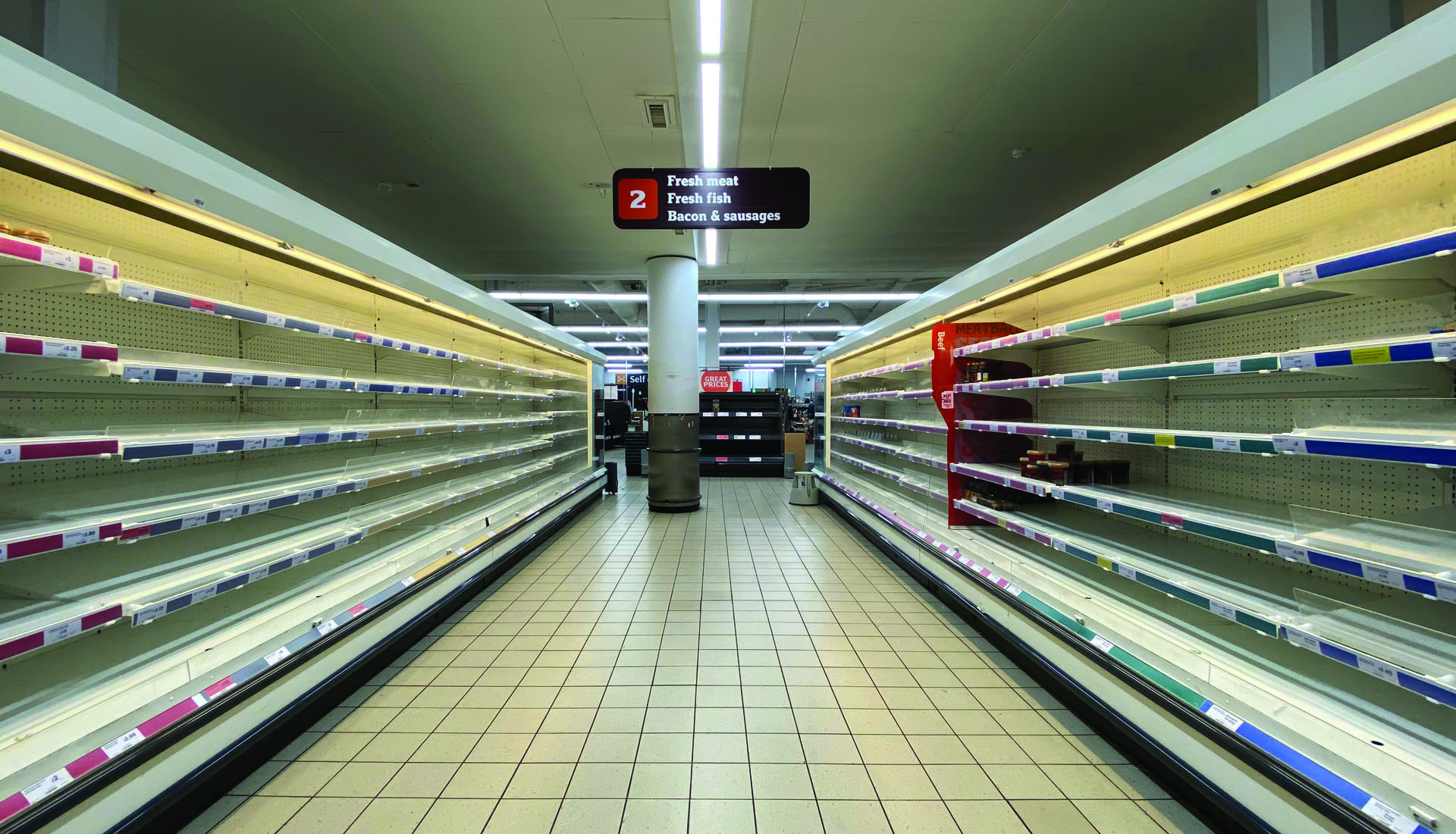|
As the coronavirus crisis continues, the world is witnessing severe disruptions to domestic and global food supply chains that are affecting food and medical security. The loss of incomes is making things even harder, creating strong tensions and food security risks in many countries, and reducing people’s ability to buy food and compensate farmers for their production.
WHAT IS FOOD INSECURITY?
Food insecurity is defined by the USDA as “a lack of consistent access to enough food for an active, healthy life”. In other words, it is a disruption of food intake or eating patterns due to a number of factors including conflict, economic shocks, health crises, weather extremes, and displacement.
Since much of the world’s population has been in a prolonged lockdown, global food security challenges have arisen. This has affected all stages of the food production lifecycle, from farming to food distribution and retailing. While COVID-19 is dominating the news headlines, food insecurity is threatening the lives of millions around the world.
Many countries are now struggling to keep sufficient food supplies available for their populations, and are trying to prevent the loss of farm products or the failure to reach consumer markets.
To avoid global food shortages, technology is stepping in to tackle this global food loss crisis.
THE SOLUTION
Trending technologies such as Modern Communications, Web and Mobile apps, Internet of Things (IoT) platforms, Big Data, and AI (Artificial Intelligence) can be used to collect real-time data in order to improve the communication between buyers and suppliers, and maintaining the food supply chain.
Apps like ESRI’s
ArcGIS Dashboard and
Survey123 are utilizing such technologies and could be implemented to understand the relationship between food shortages and available supplies, and connect farmers with suppliers to get urgent responses if any alterations of demand occur.
The solution is simple, and is summarized in the following simple steps:
- Collect and Map Demand: Map the demand based on crowdsourced information gathered from those in the current need for essential foods and medical supplies through a simple mobile application reported by Citizens.
- Gather and Map Supply: Map the current shelf stock levels available at each local point-of-sale, such as stores (or pharmacies), through a simple mobile application reported by store managers to collect daily (or periodical) stock updates. This can also be equipped with real-time IoT sensors to report the stock availability on shelves and stores.
- Register Suppliers: Encourage the registration of suppliers or major store chains, ensuring they are constantly being informed and are able to respond to urgent consumer needs.
- Analyze the Situation: Perform zonal analysis, calculating the rate of fulfilment per area to identify households-at-risk and vulnerable communities, identify areas of social vulnerability using AI methods, and analyze additional factors that help Authorities/Governments monitor groups or regions at-risk.
- Plan Response & Take Action: Identify which supplier stores/pharmacies/neighborhoods need which essential foods/medical supplies. Suppliers can plan their dispatch of items-in-demand to the needy areas and report back on stock levels.
- Monitor the Situation: Provide an overview of the situation to incident commanders, government leaders and the public via dashboard application to allow for informed decision making.
- Communicate Information: Use interactive web maps and dashboards to help communicate the situation at local, regional, and national levels. This includes sending alerts to the public, reporting on community status, and assisting people to find the nearest stores.
Such applications can be tailored for each group within the food supply chain. For instance, suppliers can register and list their available products, grocery store owners can define their stock availability, and citizens can report missing shelf products. This will provide government officials with a common operational picture of the food supply chain, and how to properly manage it from farm to fork, along with the identification of supply bottlenecks.
CONCLUSION
The COVID-19 pandemic crisis is acting as a catalyst for the introduction of new technologies. We are still trying to figure out the long-term consequences for humanity, economies, and, subsequently, our food systems. In the meantime, however, innovative and economically viable solutions are being developed to overcome many existing challenges that have been exacerbated by the coronavirus. This includes the need to ensure food safety, food security, and the reduction of food waste.
|
